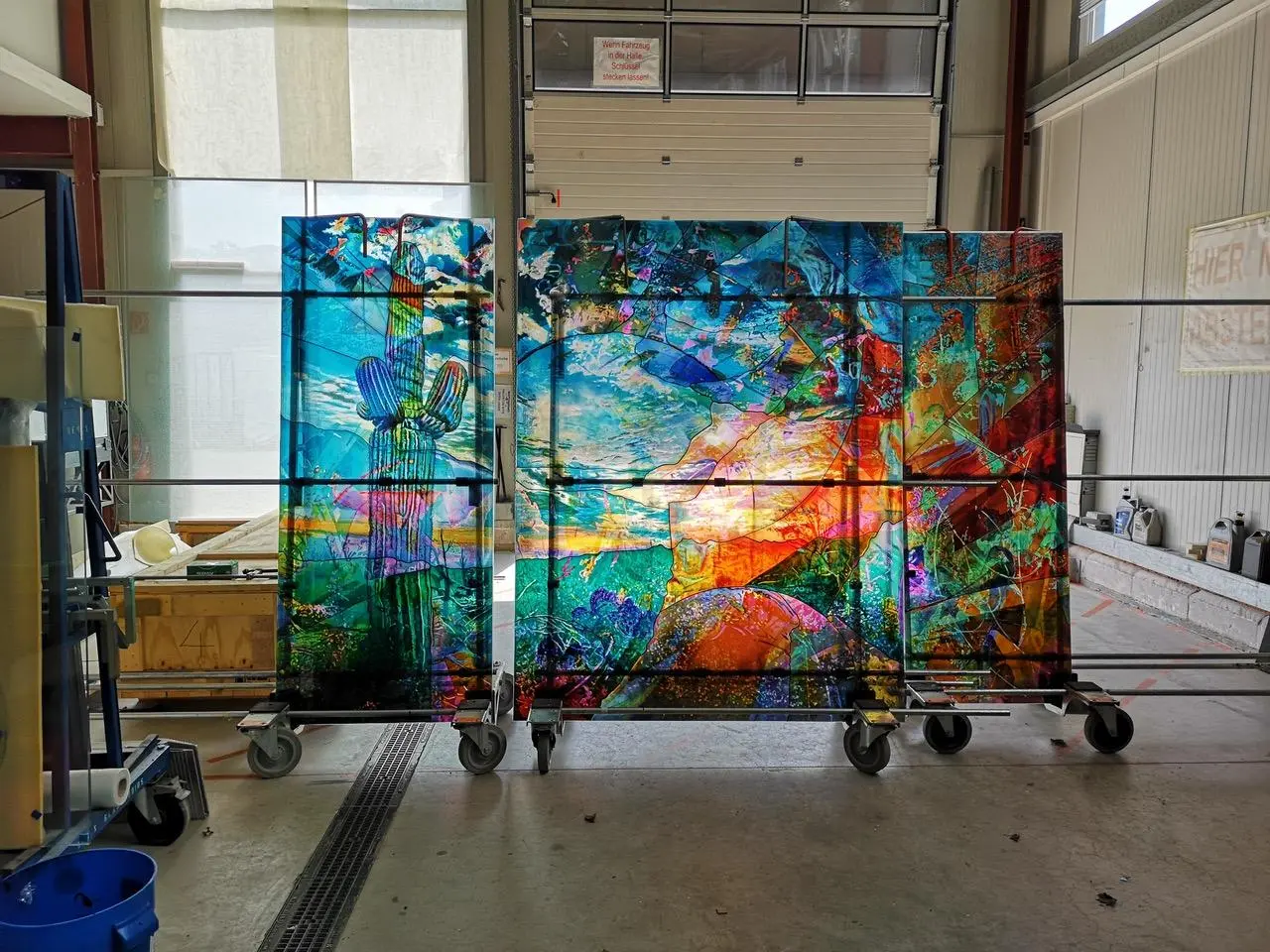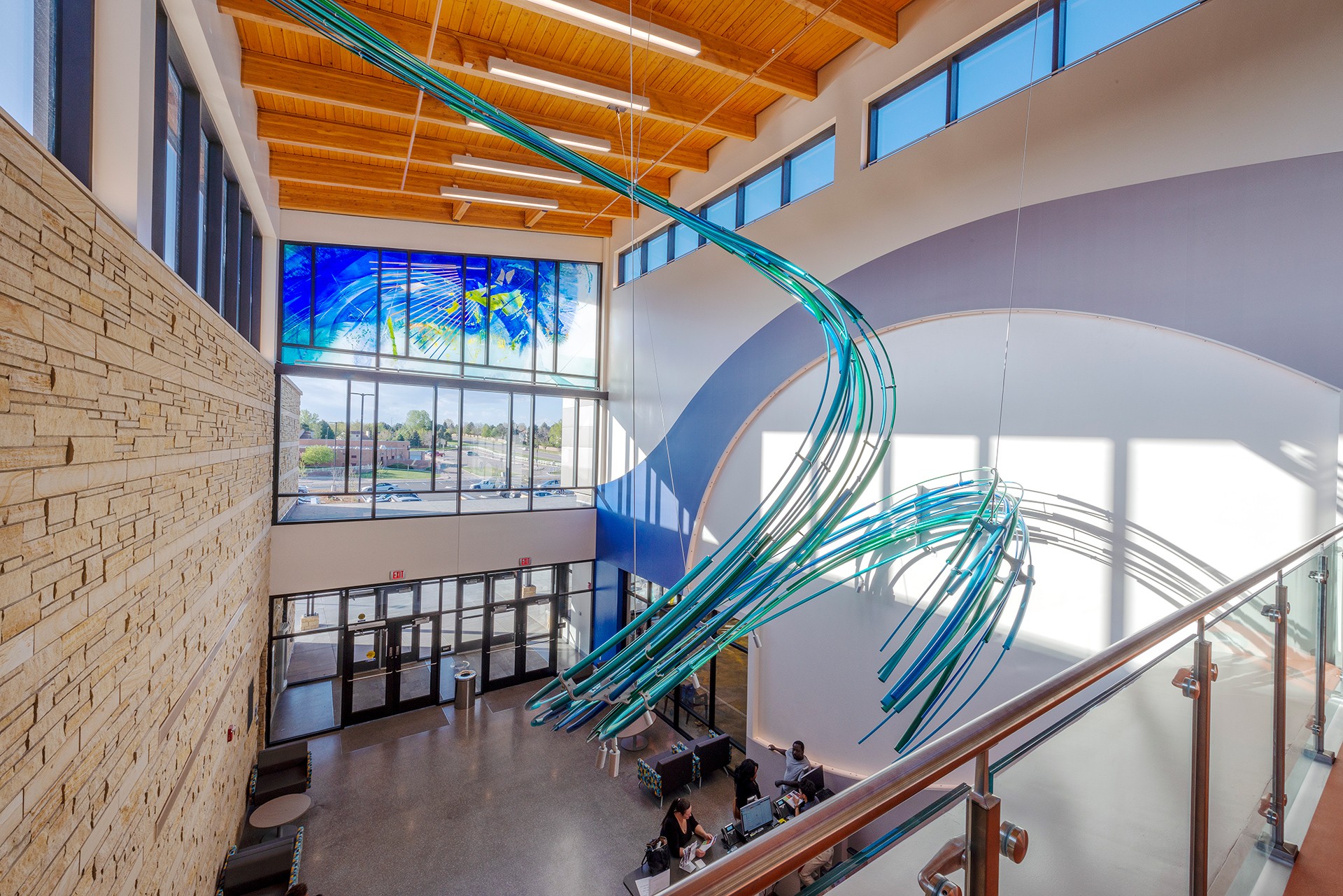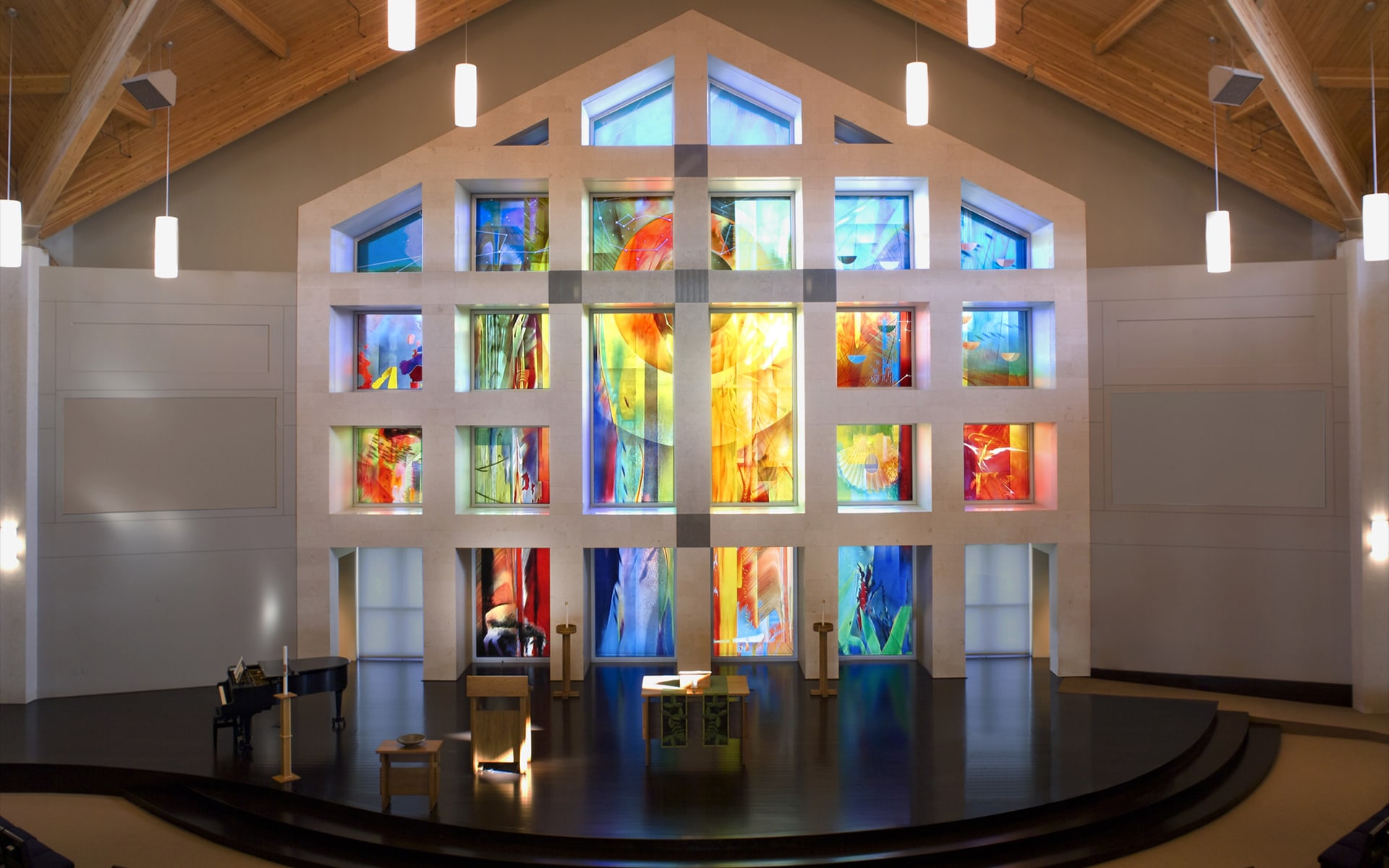We’re excited to introduce you to the always interesting and insightful Scott Parsons. We hope you’ll enjoy our conversation with Scott below.
Alright, Scott thanks for taking the time to share your stories and insights with us today. What did your parents do right and how has that impacted you in your life and career?
What my parents got right, is their love. When they were postering the refrigerator with my drawings when I was quite young, they had no idea one could eventually have a career in art. Maybe it was because the first Lego factory in the United States was built an hour away from where we lived, but my parents would enter my Legos into these Lego building contests. I placed tenth in one international Lego building contest at age five, and then third place when I was seven. My parents would also my drawings into the local TV station which broadcast the Noell and Andy show. This show had a weekly drawing contest and the winner would have their drawing shown on TV. They would also send you a giant Tootsie roll in the mail to your house. I recall a couple of times getting a giant tootsie roll! The competitive field of public art I work in now, really is a pathway my parents, mostly unknowingly, set for me as a child. I’ve had this sensation my whole life, as I apply for calls and commissions, that I am still trying to win the giant tootsie roll.

Great, appreciate you sharing that with us. Before we ask you to share more of your insights, can you take a moment to introduce yourself and how you got to where you are today to our readers.
I am primarily a stained glass artist. It was a local architecture firm that asked me to submit a stained glass proposal for a church addition that got me to really consider glass. I didn’t get the commission, but I learned enough about it to keep going with it. I have also worked quite a bit in terrazzo and mosaic. My work is often at an architectural scale. I have work in six airports, churches, universities, hospitals, etc. In the field of public art, I try to be a good listener and observer of a space, which means I will think about a space, its use, its history, the lay of the land, seasons, etc., all in the attempt to encounter an engaging metaphor that will help connect people to a place through art.
I put a lot of weight on doing the homework, trying to research the heck out of a place, and then asking all kinds of divergent questions to see what resonates or what sticks. For example, for a new science building for a university in Colorado, I partnered with another artist David Griggs, and from our research we recognized the rarity of a tiny local butterfly, the Uncompahgre fritillary, which we then made use of various fields in the sciences to describe the lifespan and wing patterning of the butterfly on an exterior limestone frieze and two interior mosaics.

We’d love to hear a story of resilience from your journey.
For my first terrazzo project, I couldn’t afford to work with any professional contractors, so I visited a couple of construction sites and learned how to bend and solder divider strip for myself. This project was about 10,000 sq. ft., and I began working methodically on one 4 x 8 foot section of the floor at a time, then I pinned it to a piece of cardboard, and then onto the next one, and so on. Eventually I would hire out other artists to help me. When we had finished perhaps fifty of these panels, which amounted to weeks of work, I put these on the roof of my Jeep to take them over to a storage unit, as my studio wasn’t large enough. Just then a storm comes rolling in and I thought I could detour into the Home Depot to get some straps to tie the panels down better. As I’m pulling into the Home Depot parking lot, the ropes gave way, and all this work went flying across the parking lot in a dozen directions over cars and onto neighboring properties. For a moment, as I watched things flying everywhere in a kind of inevitable but slow-motion effect, I thought, okay, forget it, this is too hard. But then I got out, and started gathering up all the pieces.

What can society do to ensure an environment that’s helpful to artists and creatives?
Collaborative workspaces and affordable studios are key for many artists and communities. I think cities are recognizing this now and the pivotal role artists bring to revitalizing a city’s core. I had just been priced out of my studio in Denver, when the city began their first program of building a collective, affordable space for artists. I got accepted into it, but I decided to leave anyway. Moving away to a more affordable town, with a smaller population and less artists, turned out to be a strategic career move. I’m convinced I’ve had more opportunities because you can get known as an artist is a smaller place, so I’ve been able to work in a variety of media and try new things, that I think in a big city wouldn’t have happened as there are more artists who specialize in a specific process or media.
Contact Info:
- Website: https://www.scottparsons.art
- Instagram: https://www.instagram.com/scottkparsons/




Image Credits
James Cockerill, Andrea Rugg, Conor Culver, Bill Timmerman


